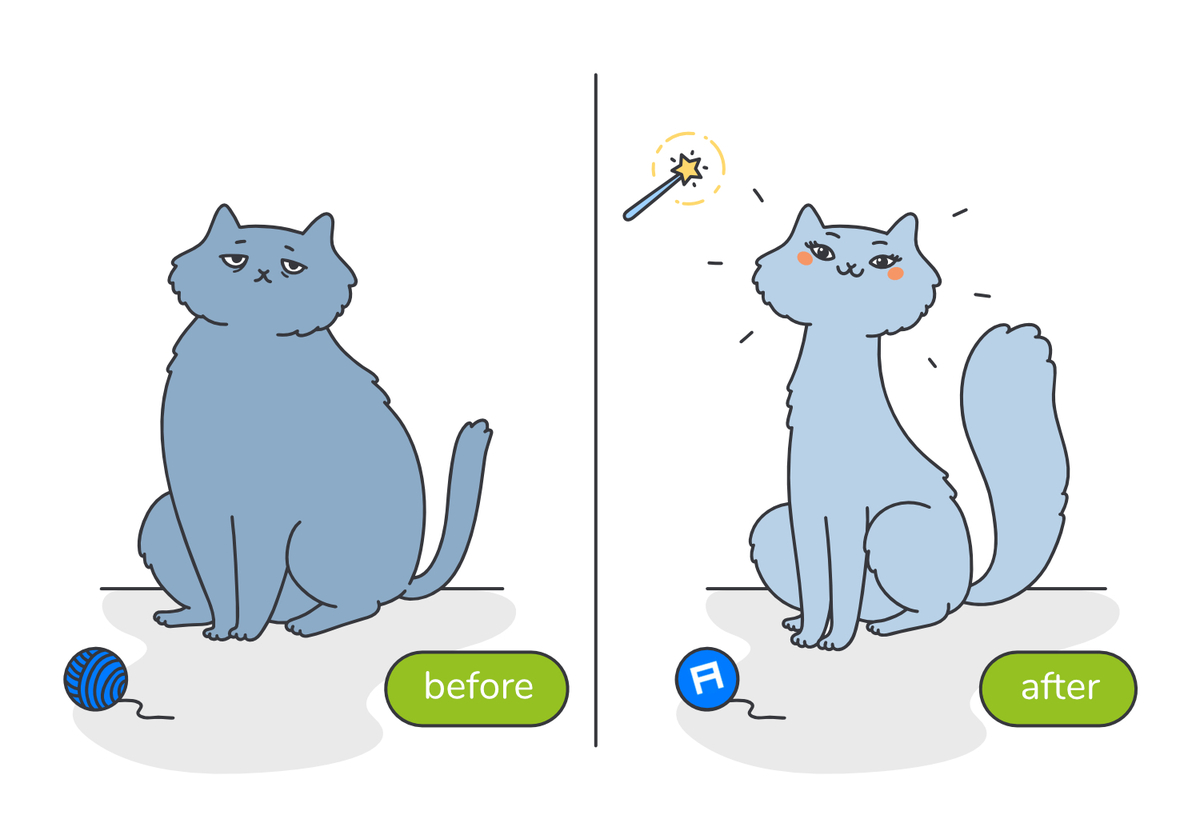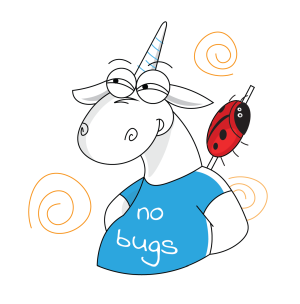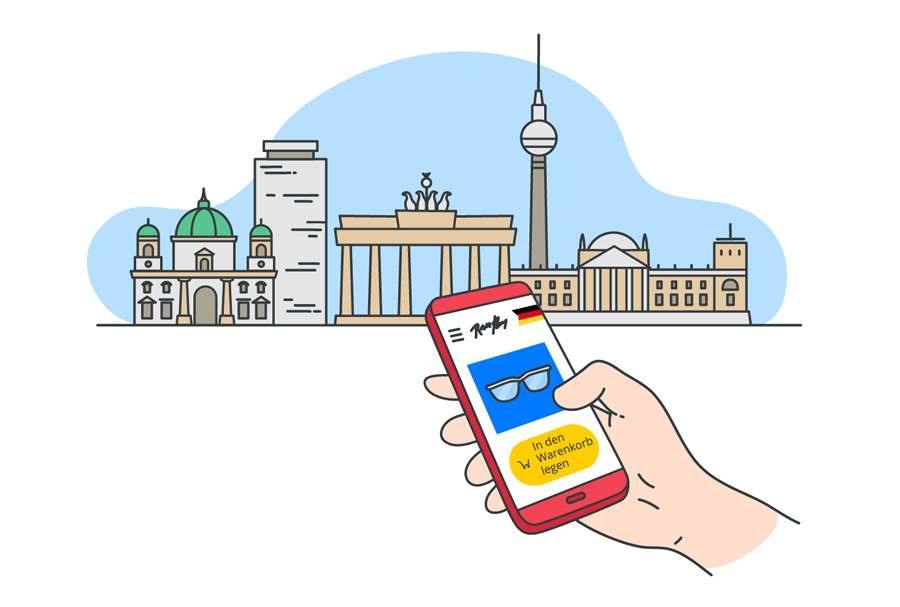
In the
previous article, we discussed the most important languages for app localization. Soon afterward we received several requests to share our perspective on the key languages for game localization. That’s why we came up with this new post.
We’ve analyzed localization languages from the perspective of return on investment.
There are numerous case studies, research projects, and forecasts regarding the most promising countries and languages for game localization. In this article, we’re going to examine the game language issue from the perspective of the most efficient allocation of your localization budget.
What are the highest- and lowest-priority objectives when it comes to game localization?
We suggest raising this question first before selecting localization languages. Why? Because, depending on the type of game you’re localizing, your business objectives, and your audience’s expectations, there are several levels of localization.
You can do the minimum required and stop at the first level, or you can go further with a step-by-step localization and maximize outreach.
The first thing to start with is the localization of keywords and game description for app stores. This alone might work perfectly well if your game has little to no text or voice and its interface design is fully compatible with the standards of the country you are targeting.
Next, if your game contains text-based instructions, you have no choice but to translate them. In addition, other design choices will also need adjustments in terms of colors, numbers, and other local standards.
Finally, voice-over, if present in the game, must be translated as well, or at least subtitled. Or you can fully complete the localization process by rerecording voice-over in your target languages, thereby providing the perfect user experience.
Written by Alconost
























